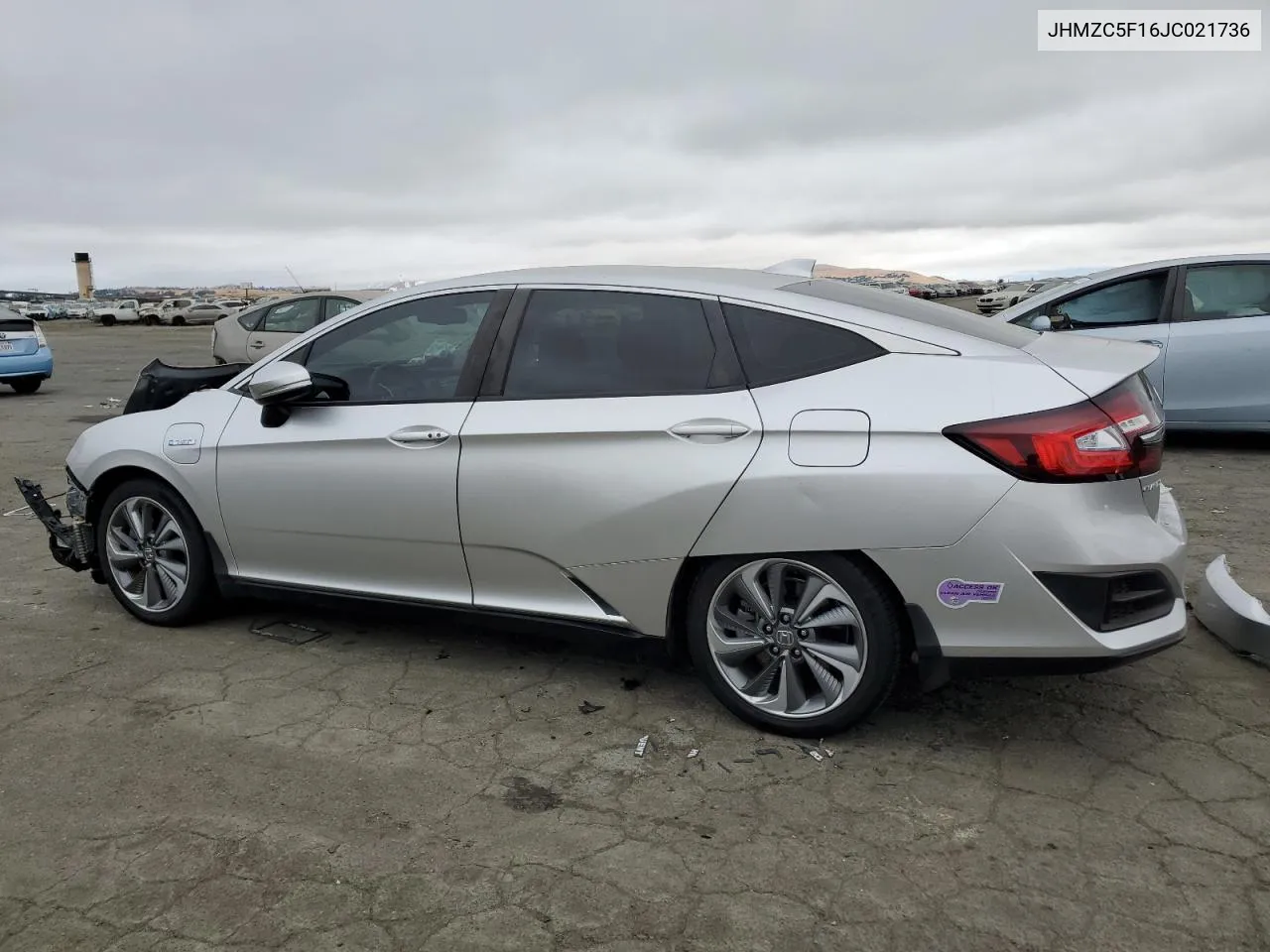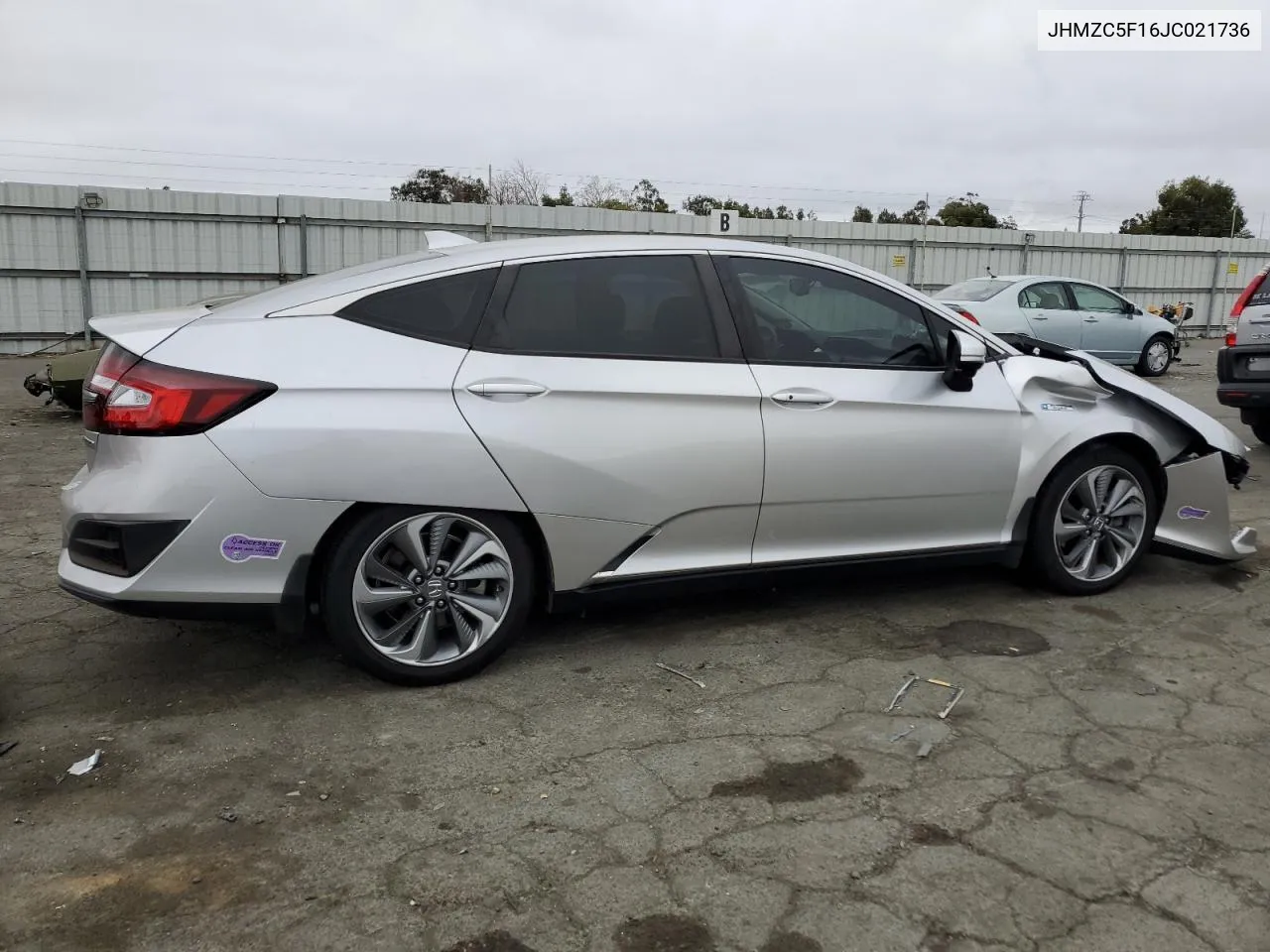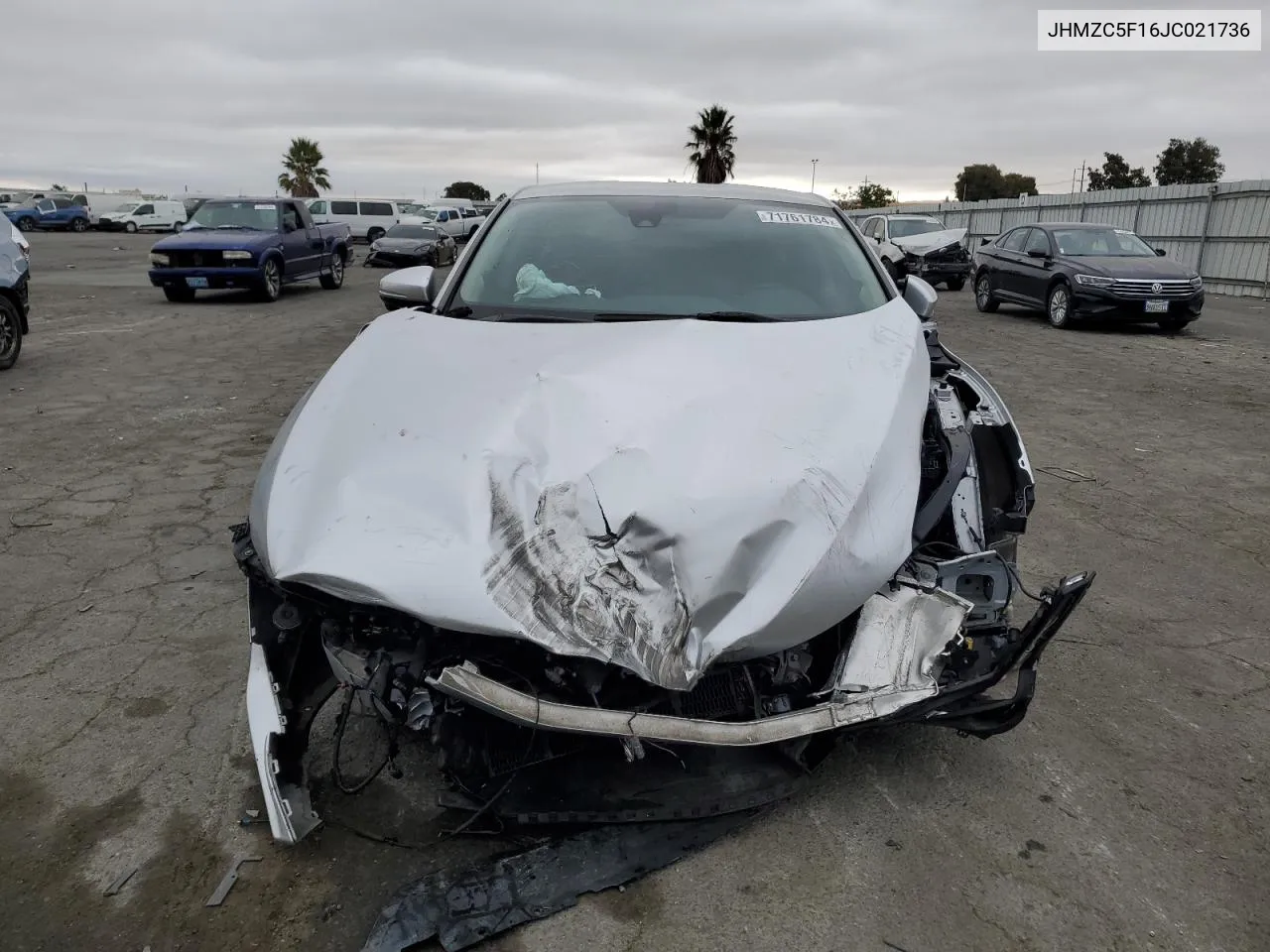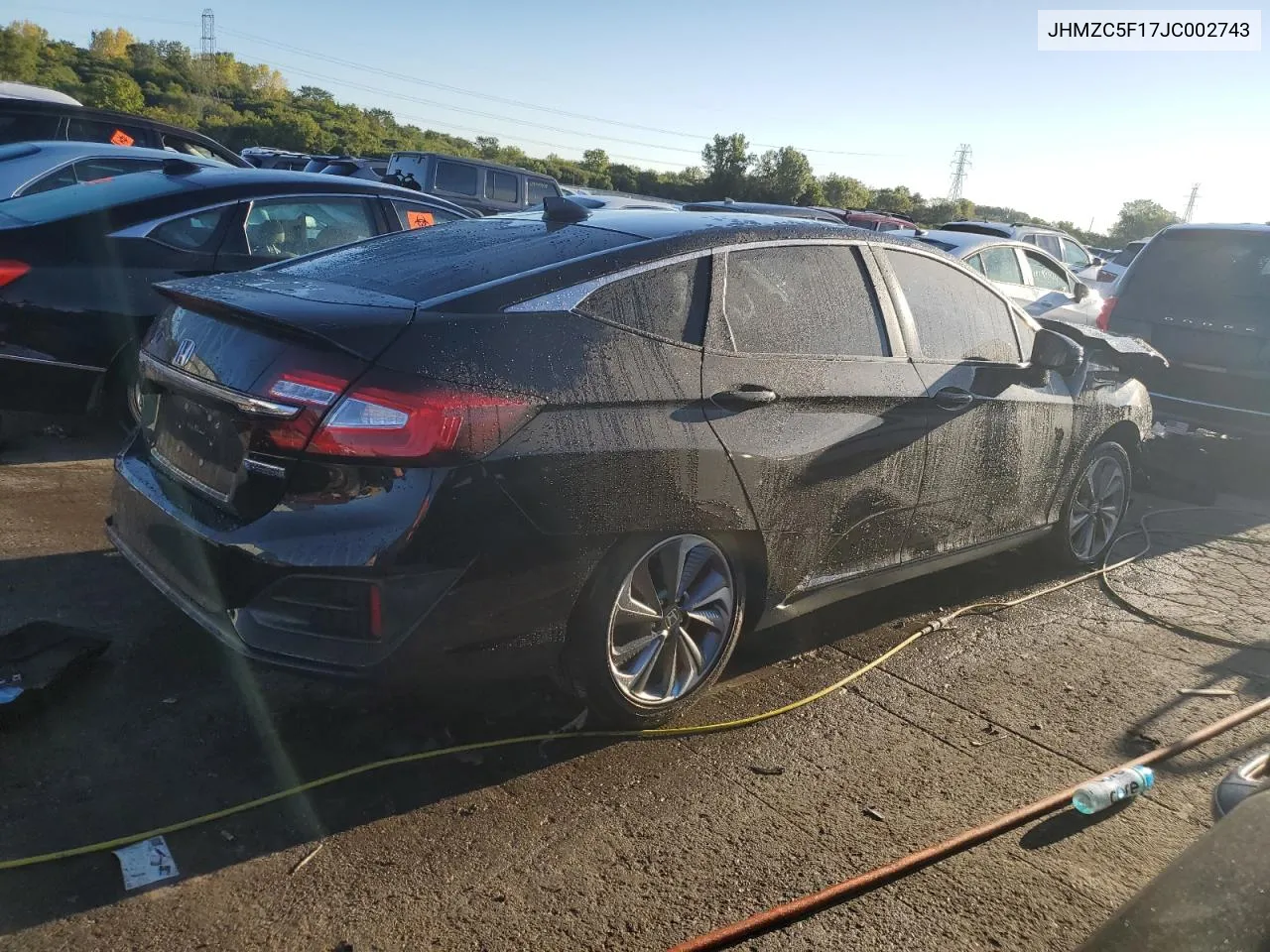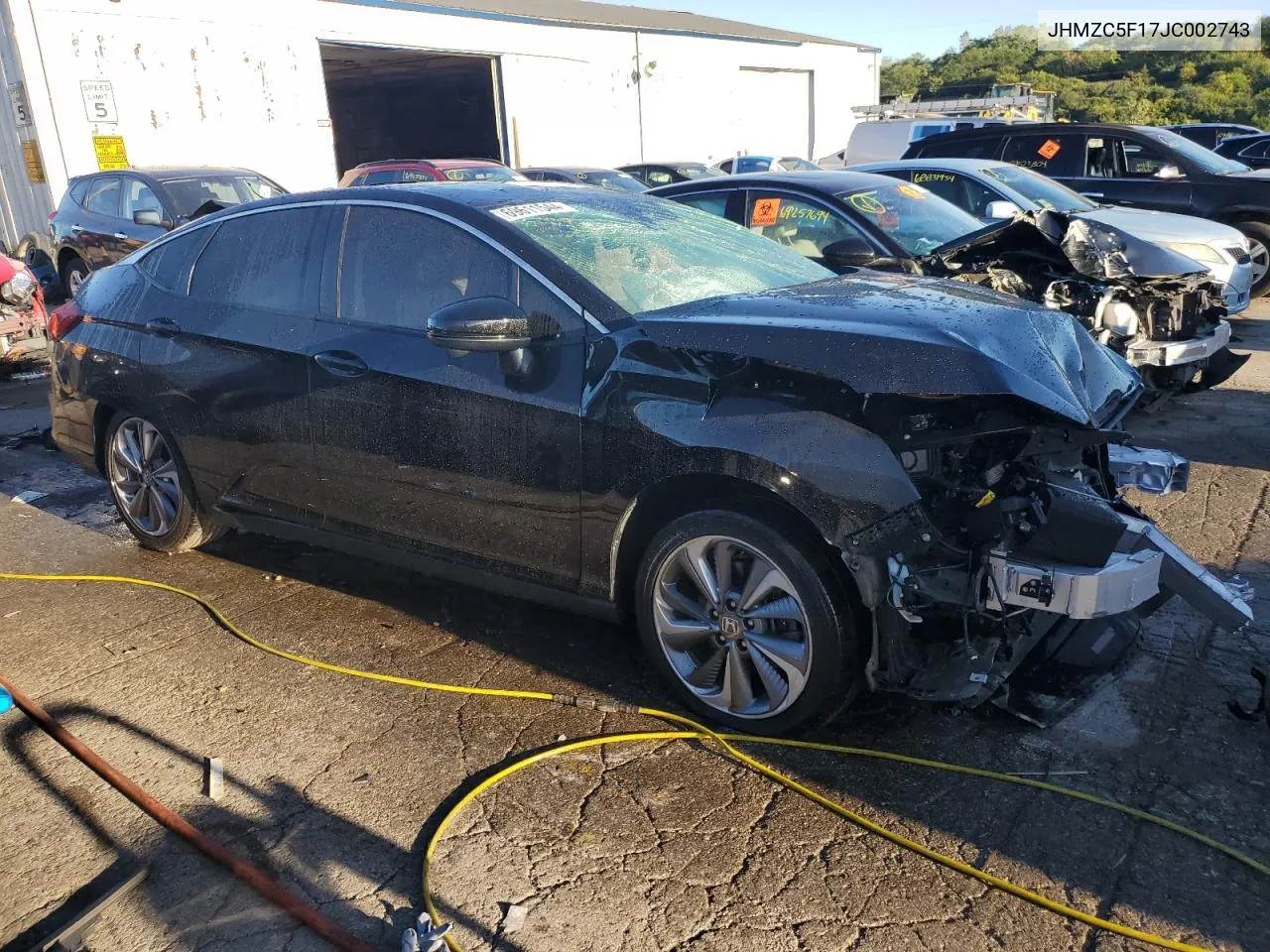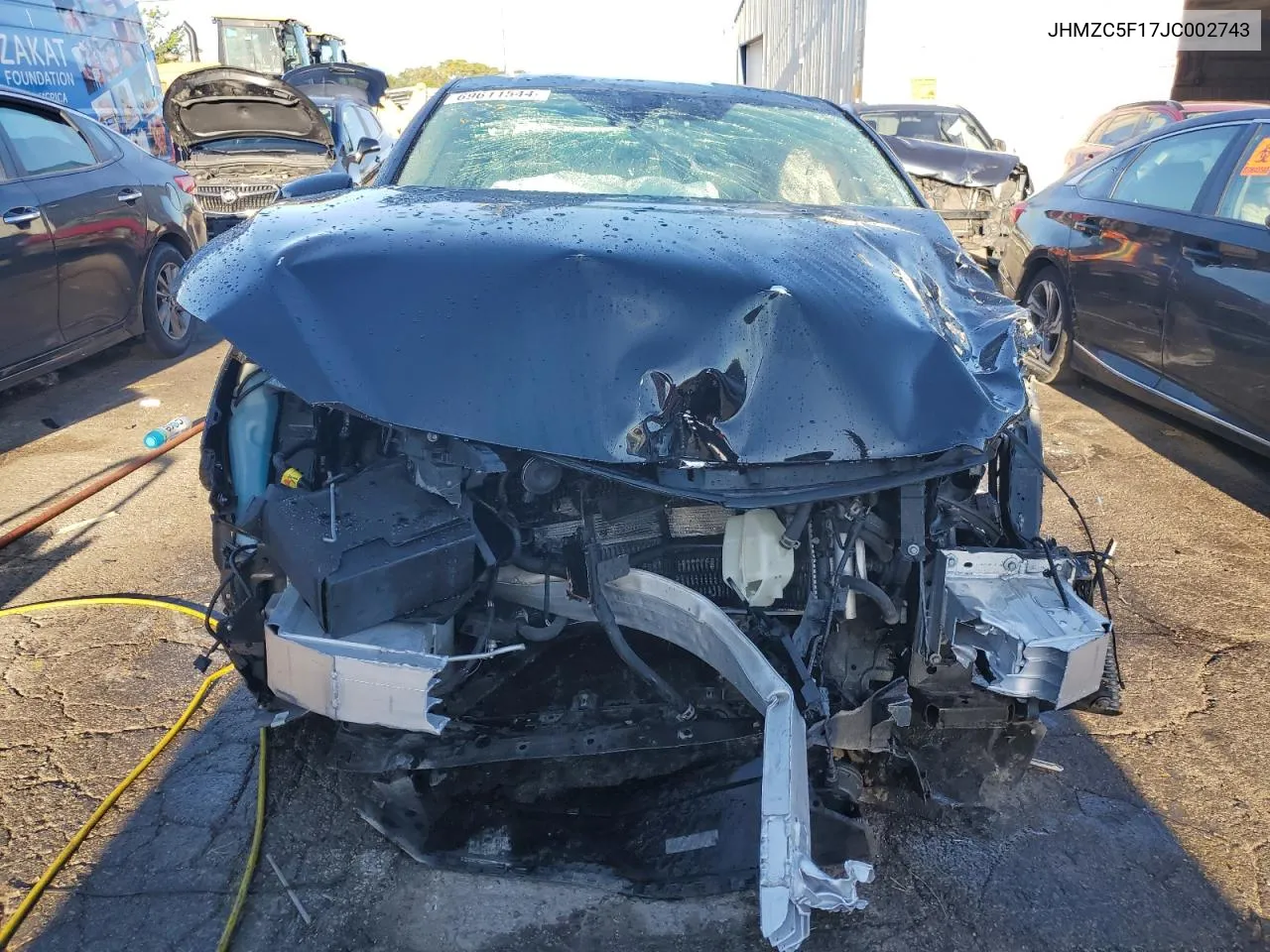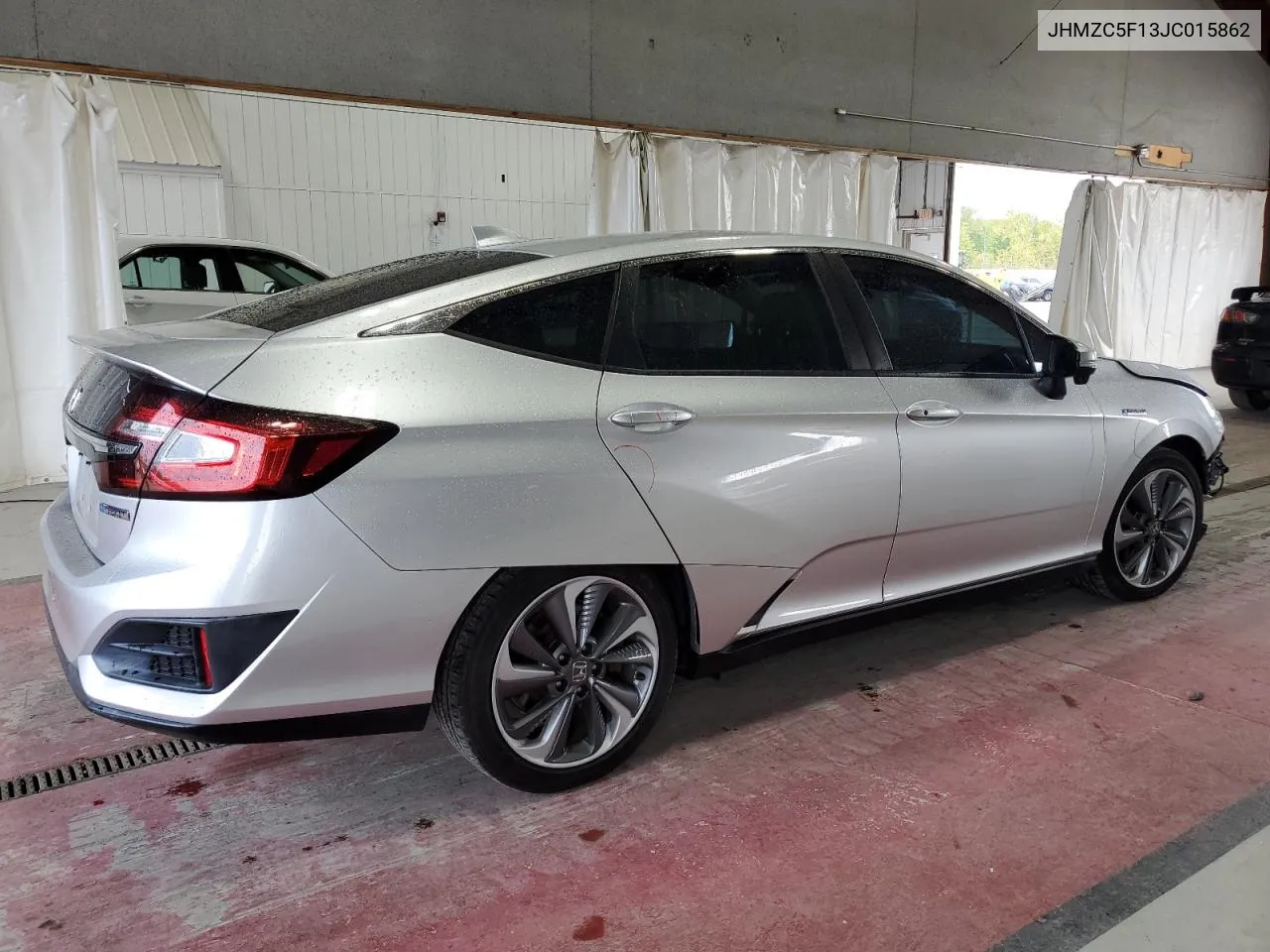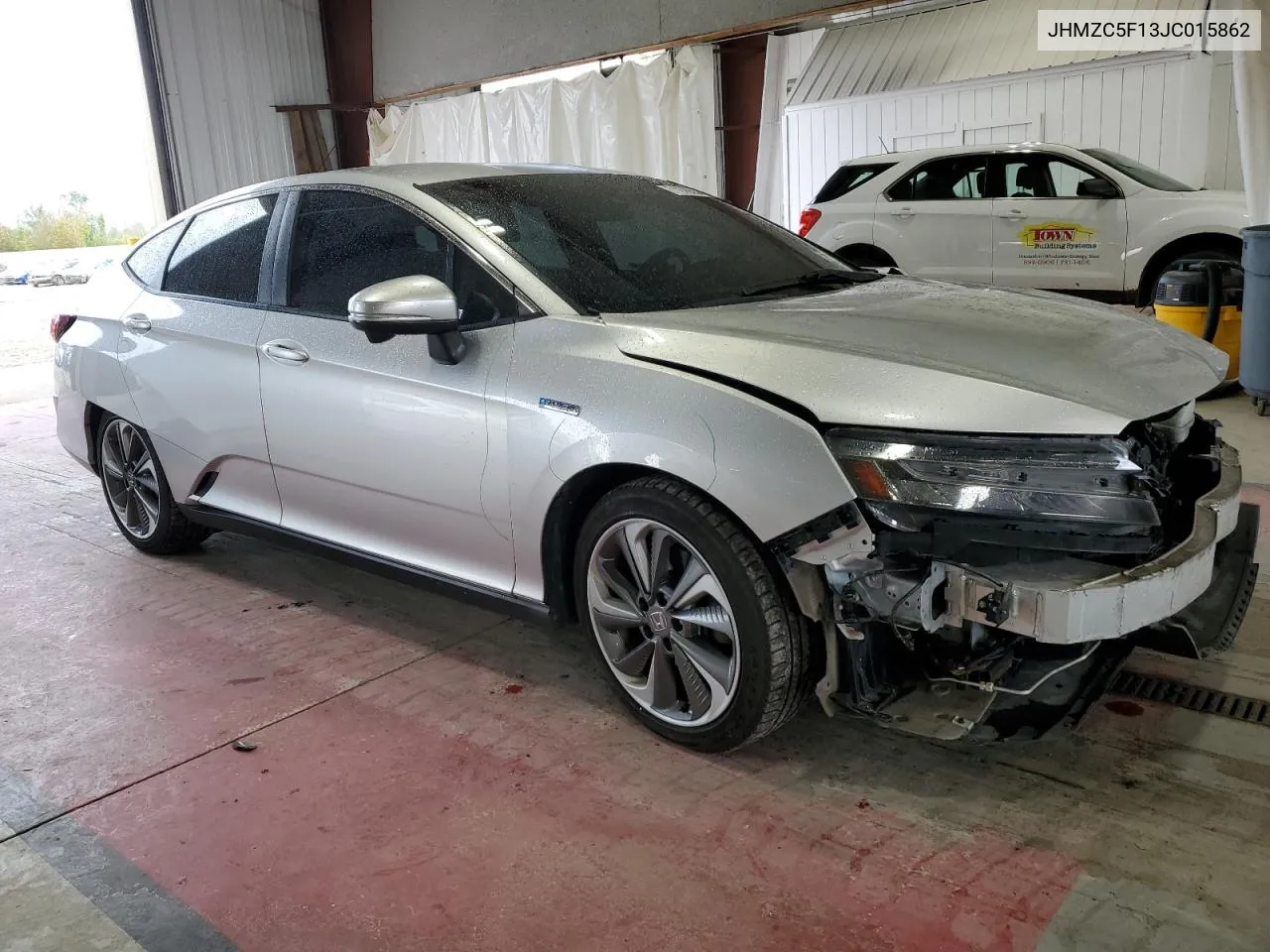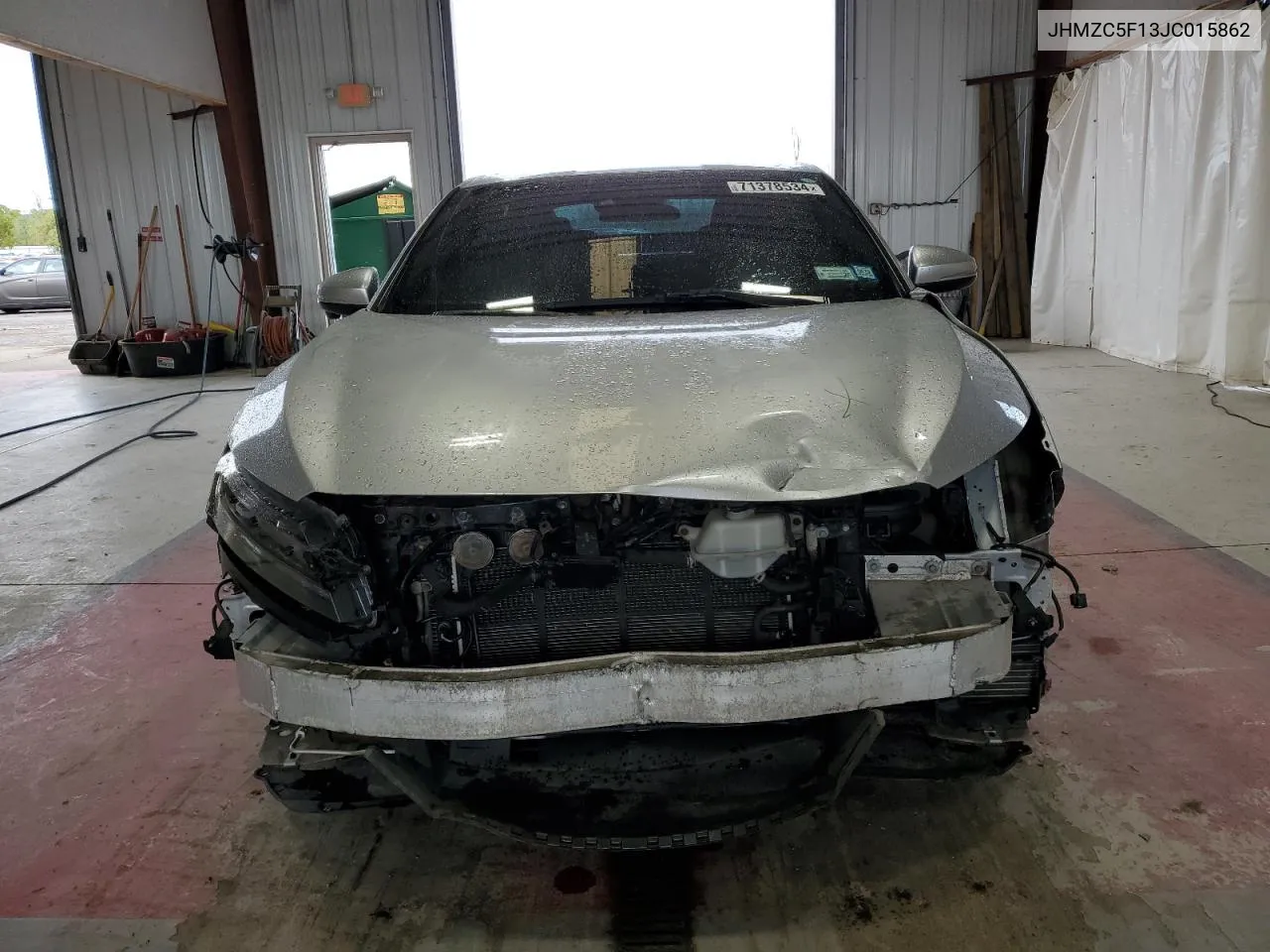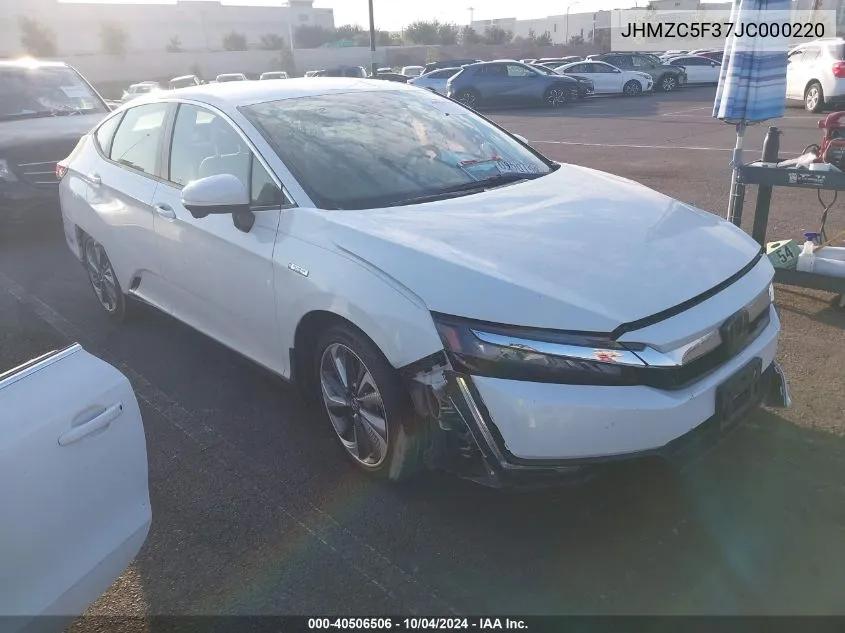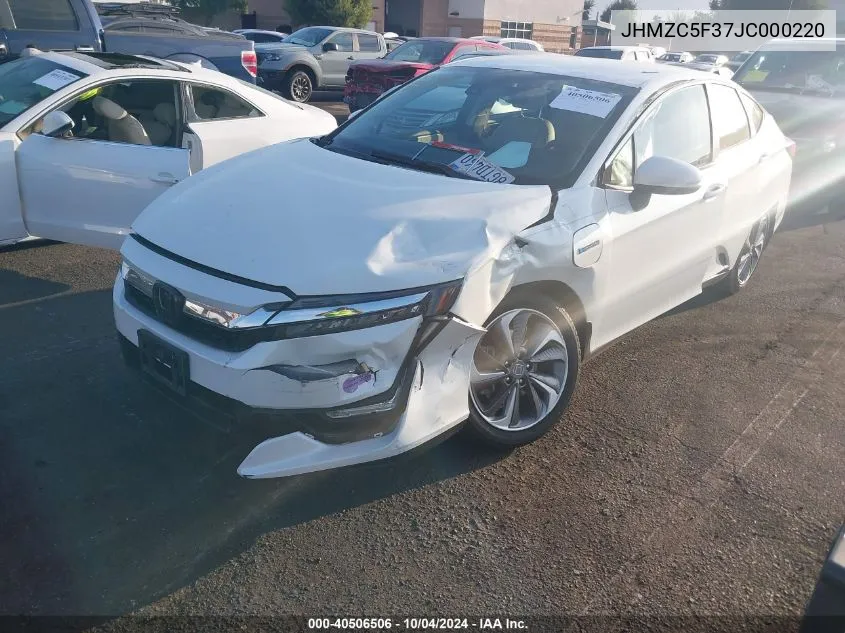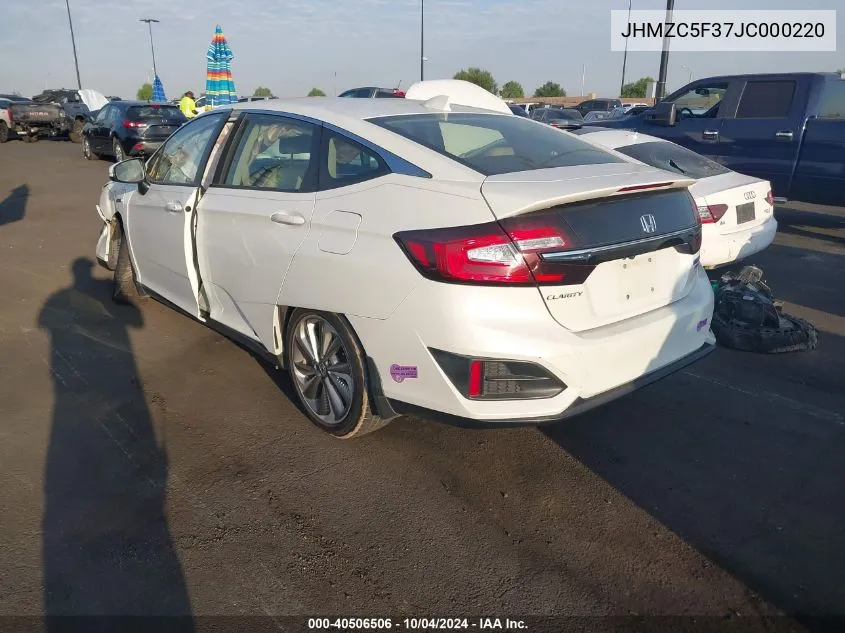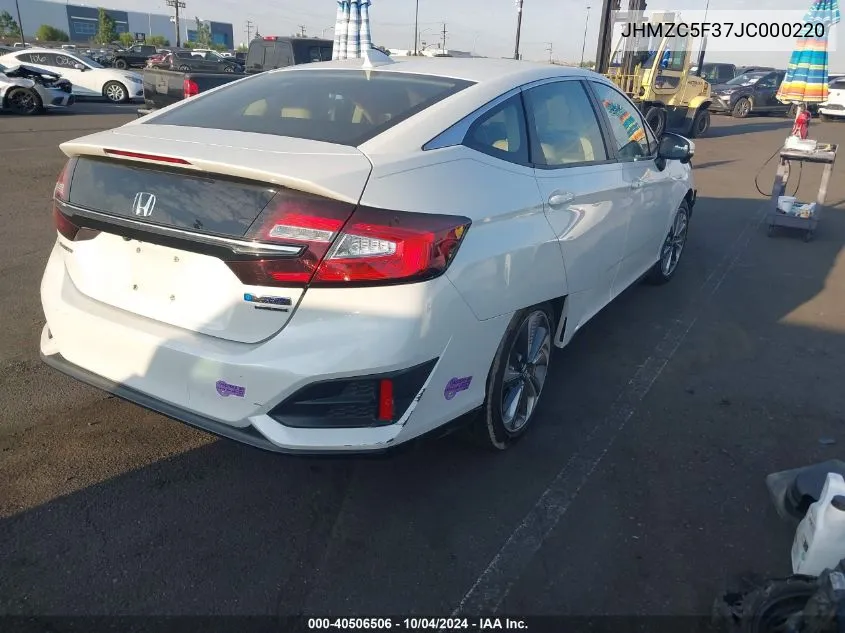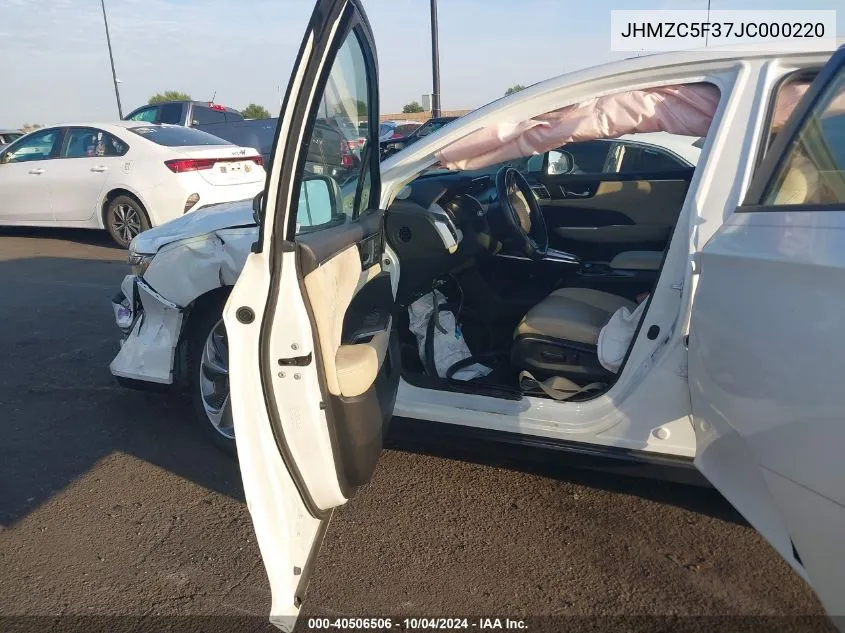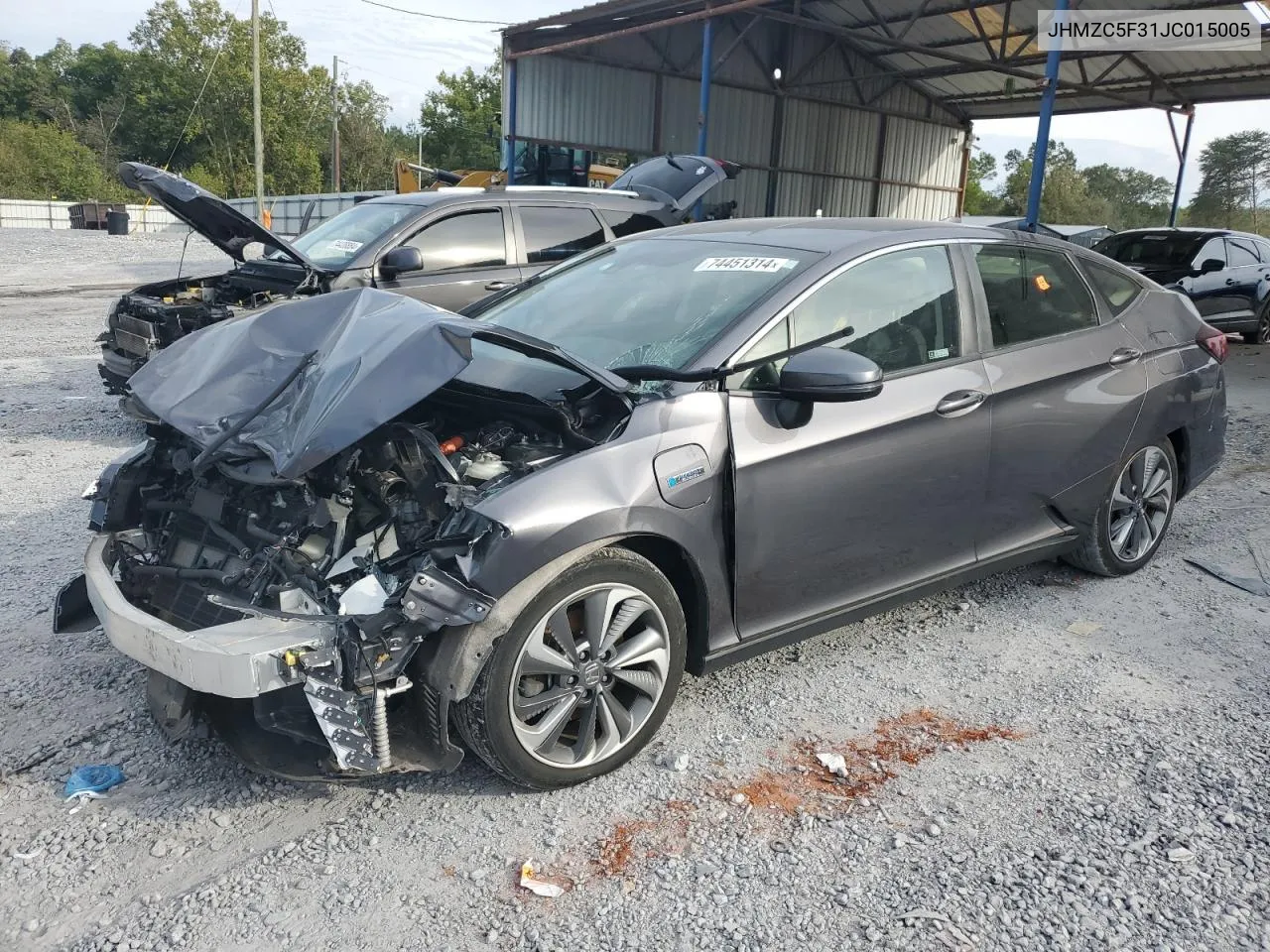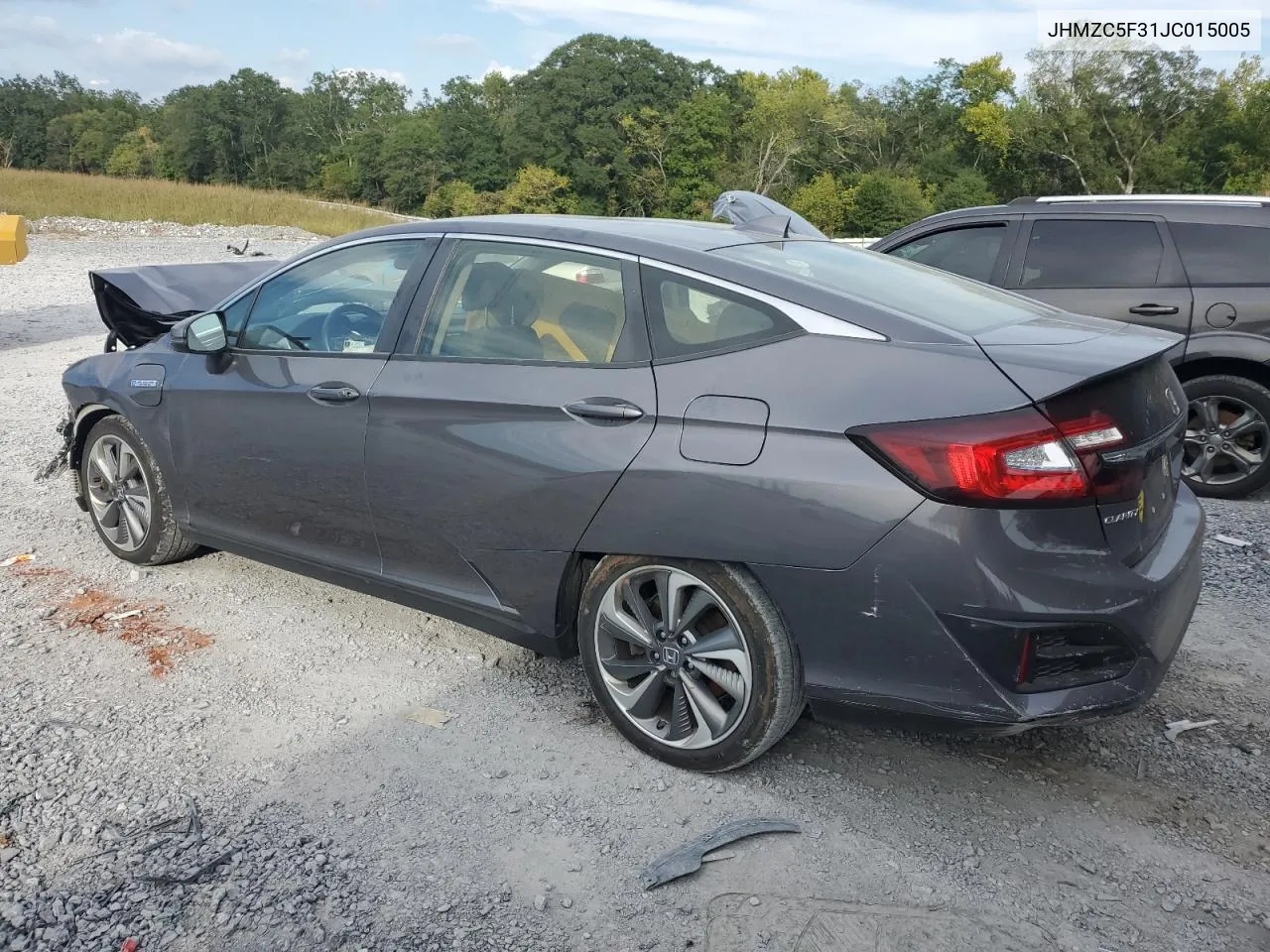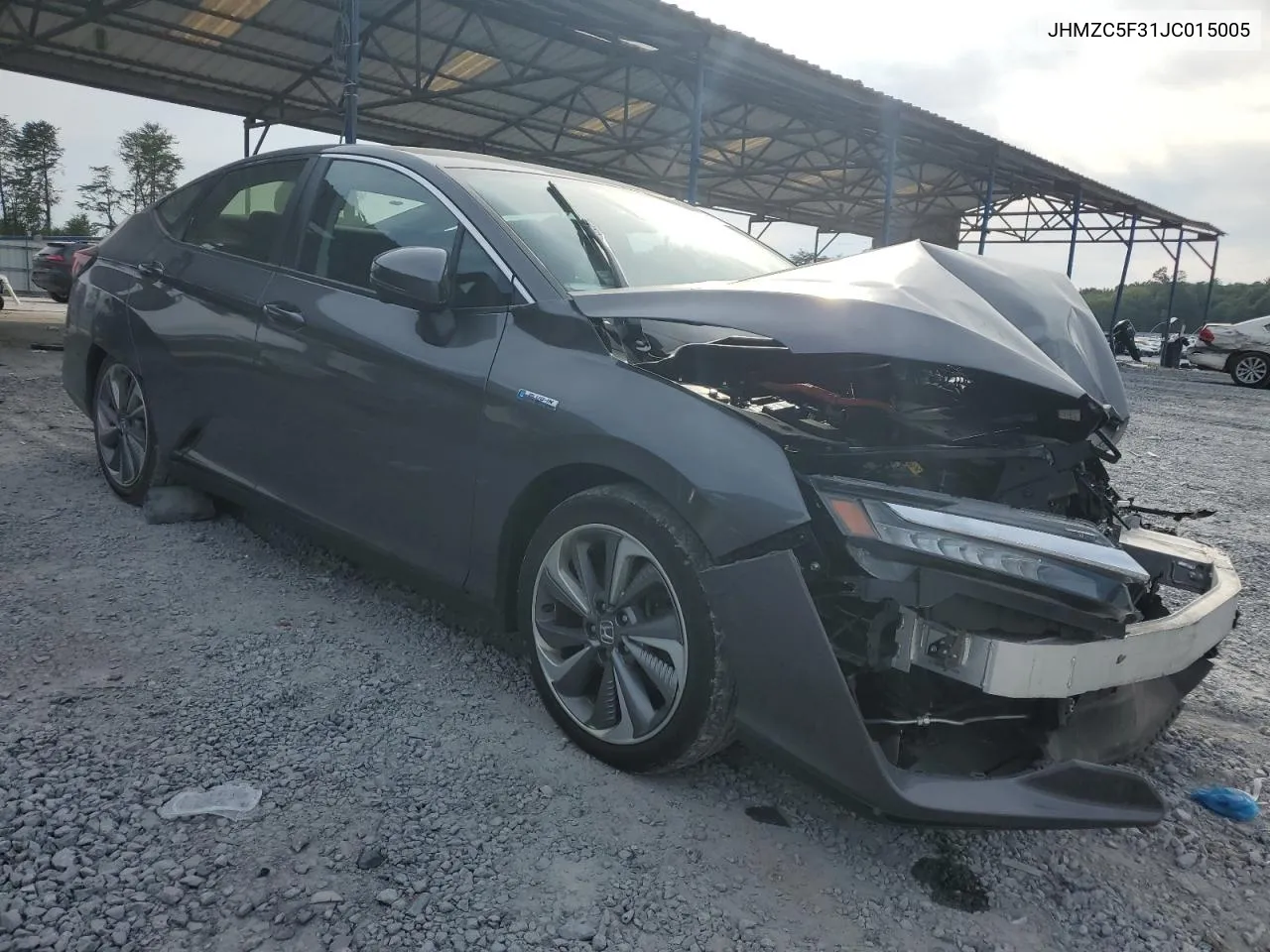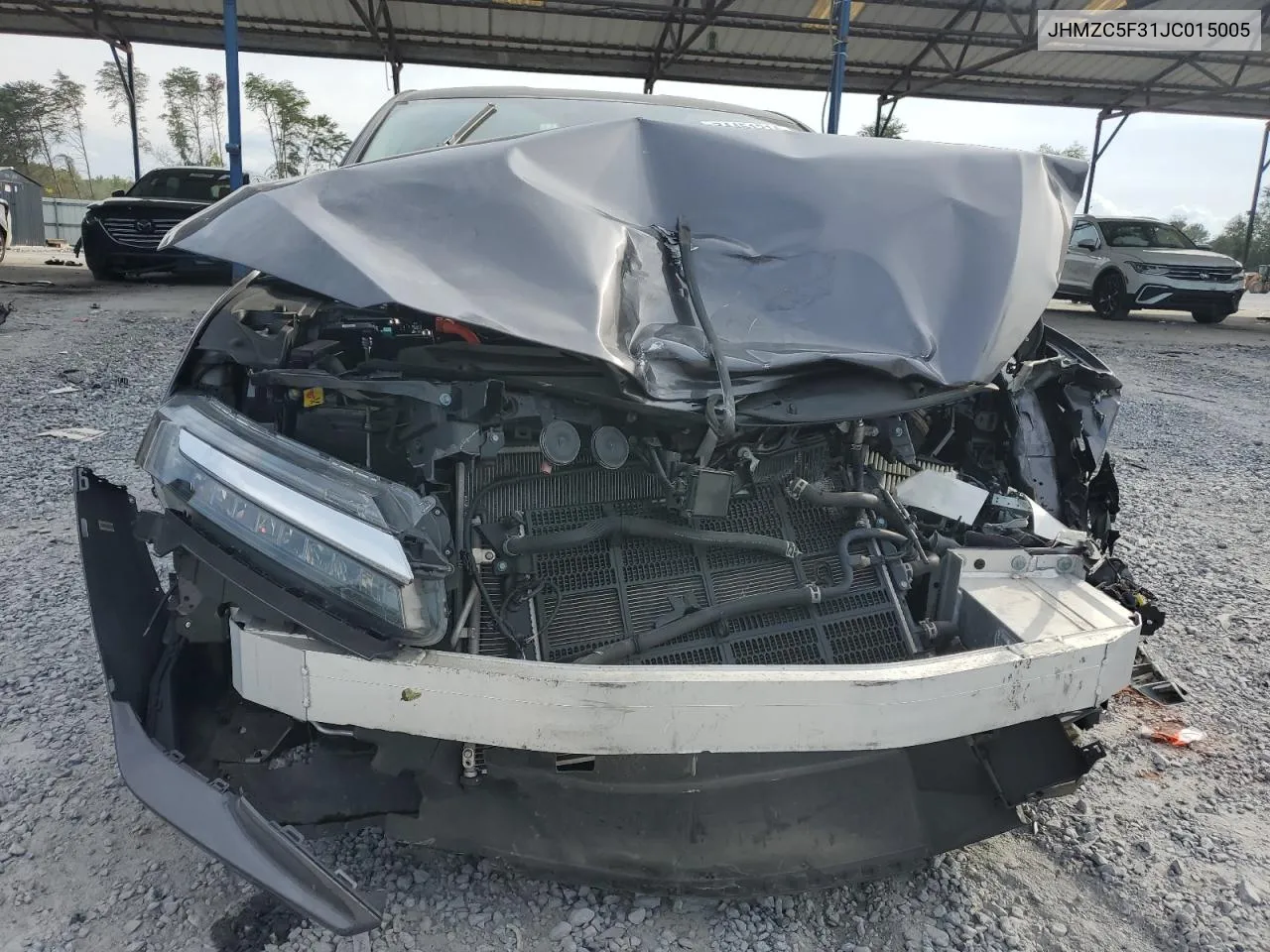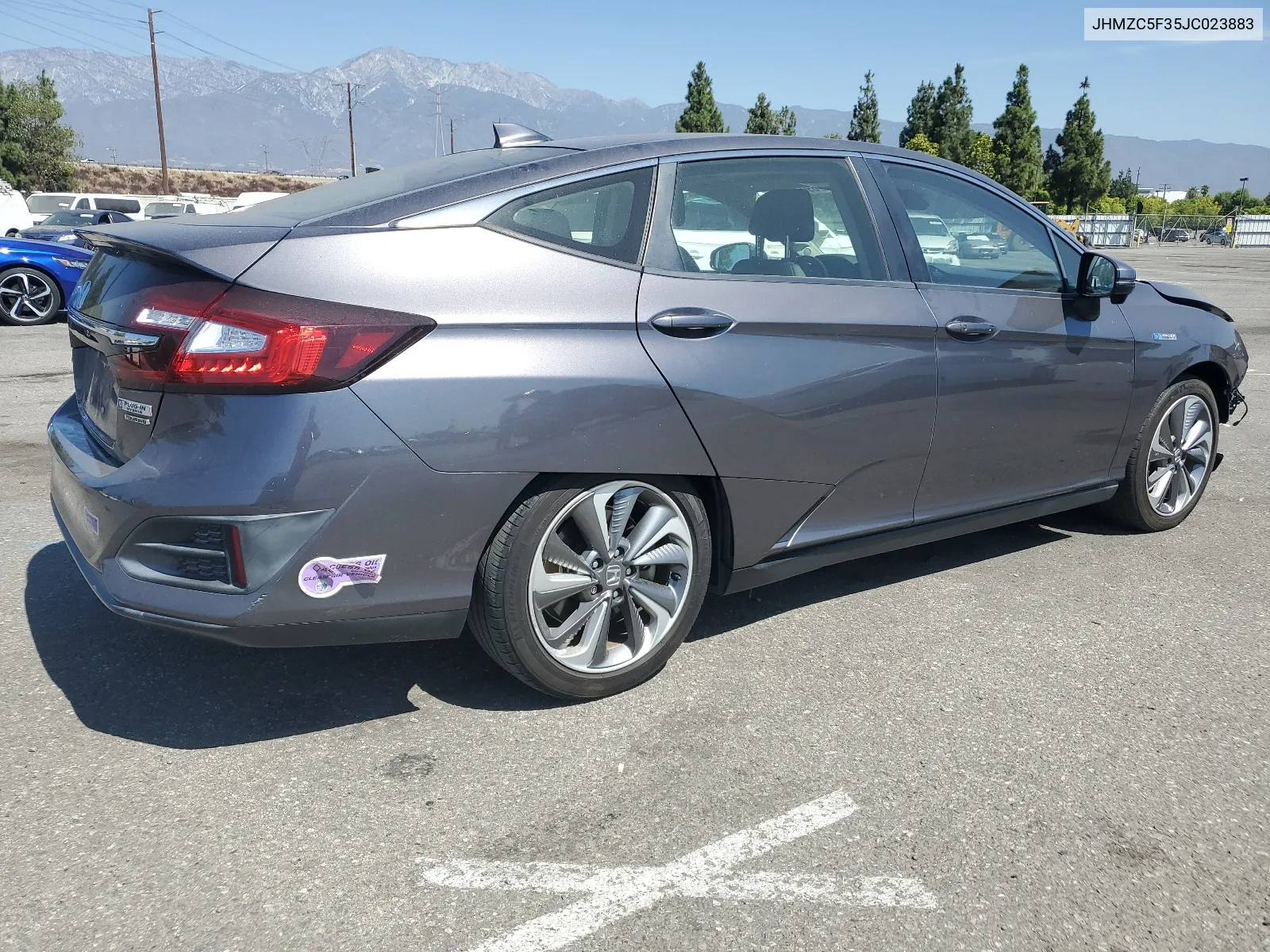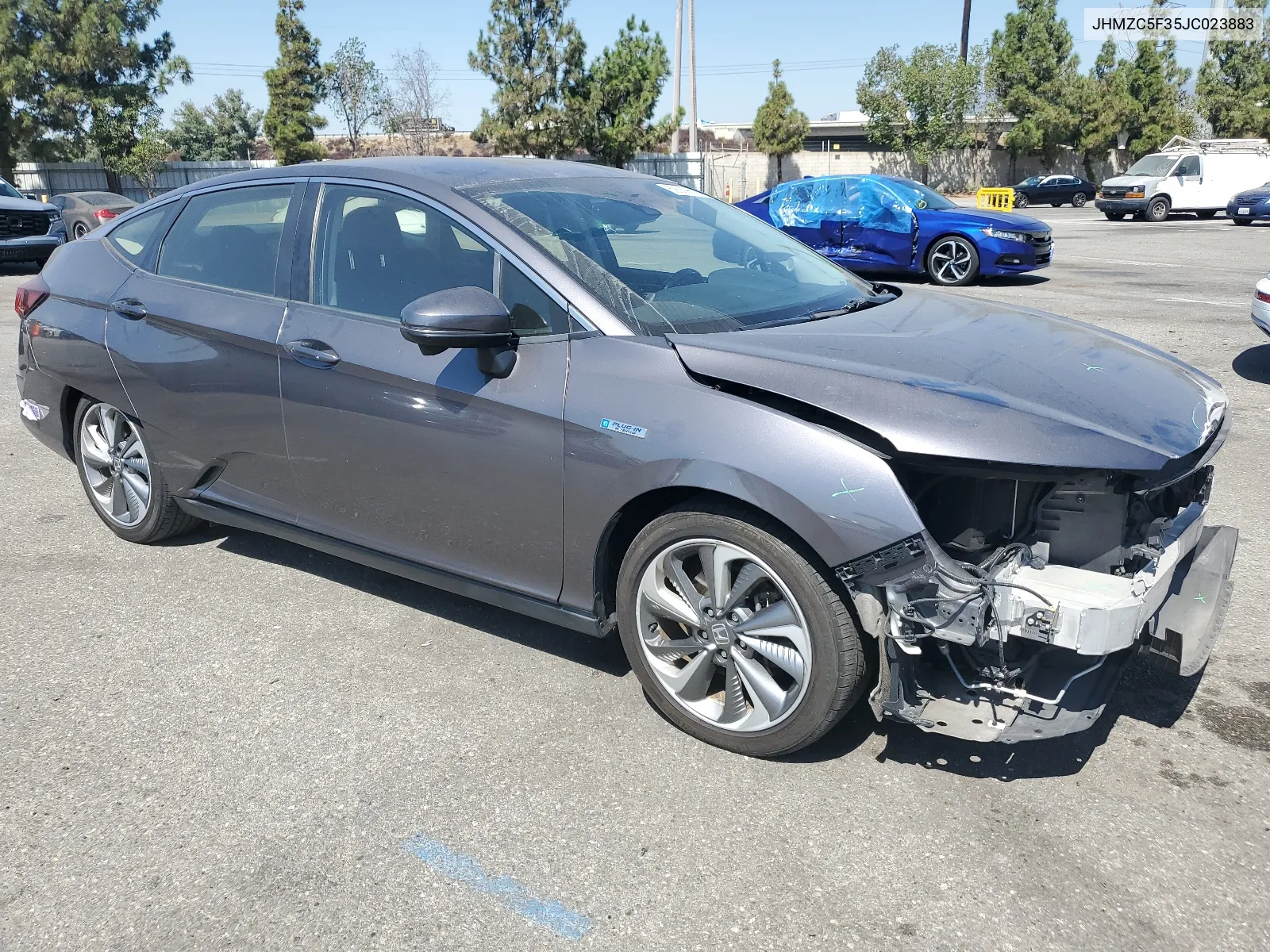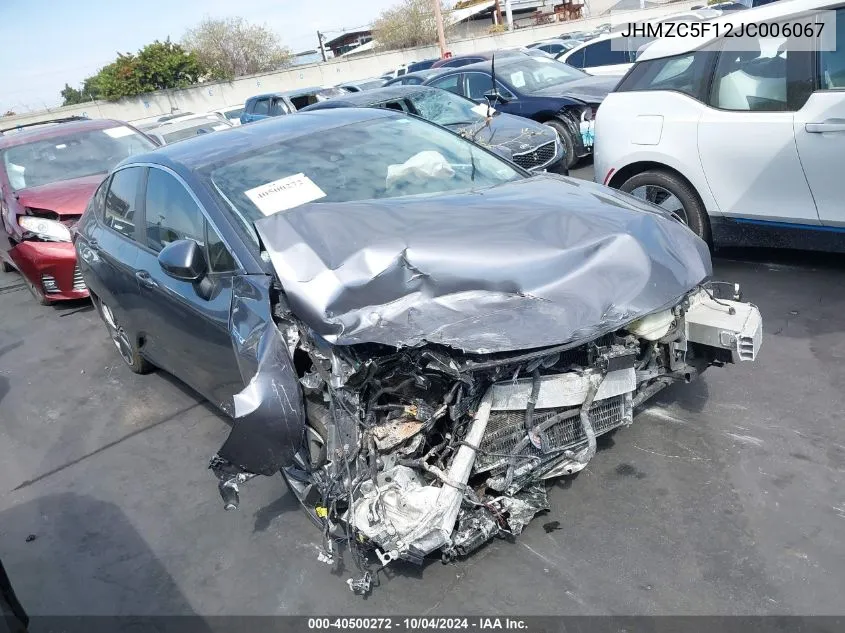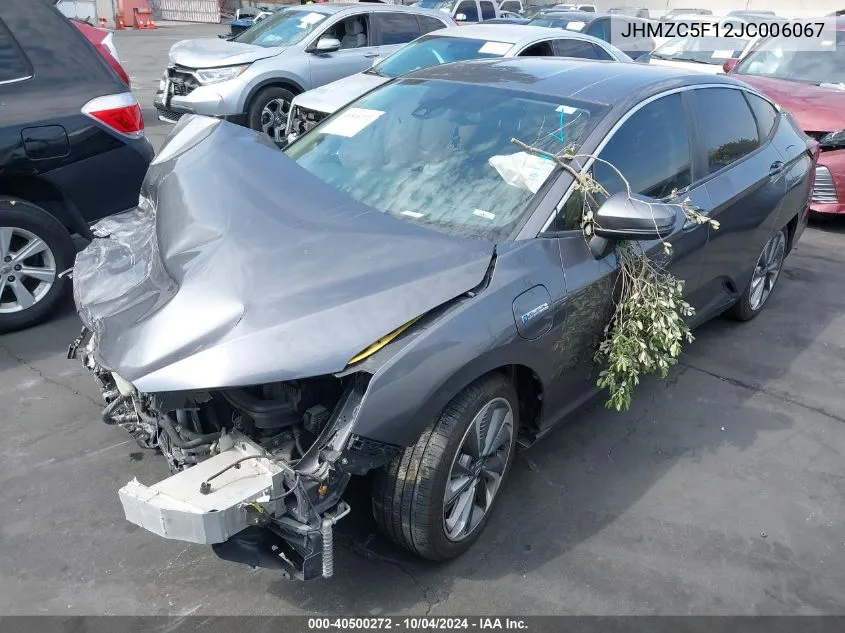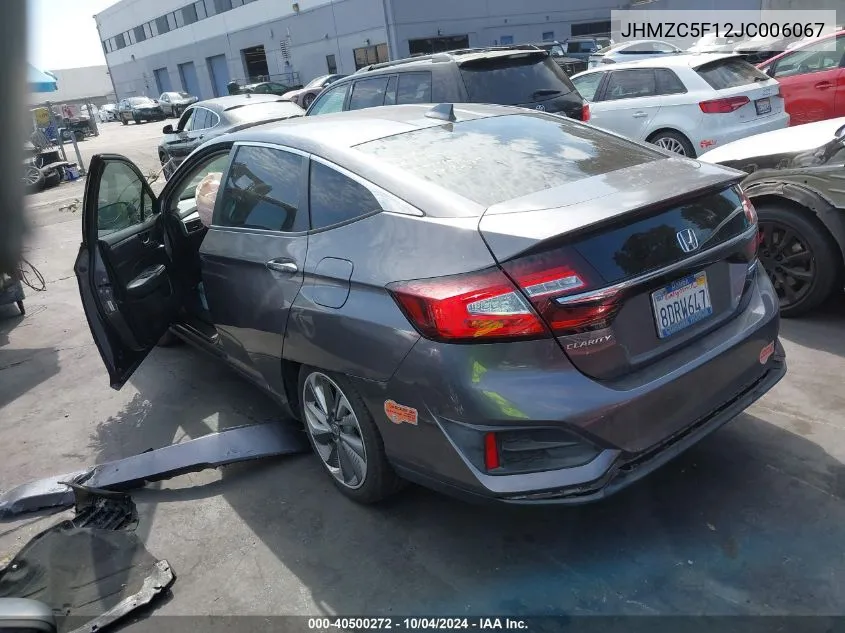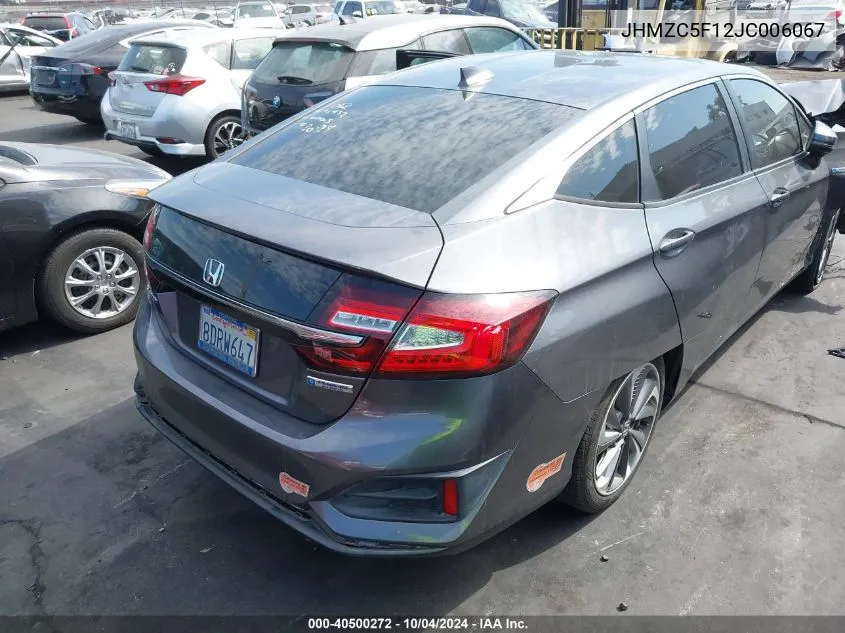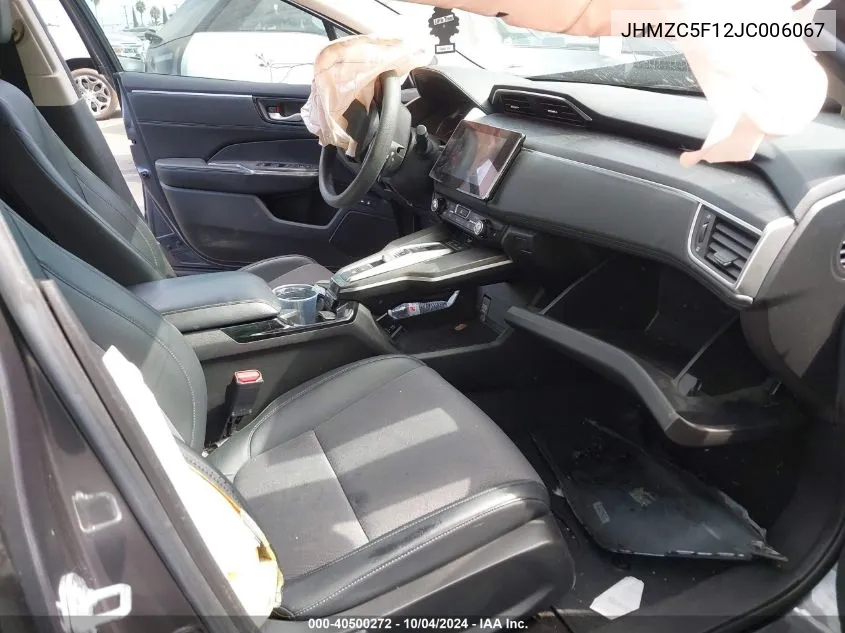Honda Clarity (107)
2018 Honda Clarity
2018 Honda Clarity Plug-In Hybrid
2018 Honda Clarity
2020 Honda Clarity Touring
2020 Honda Clarity Plug-In Hybrid
2021 Honda Clarity Plug-In Hybrid Touring
2018 Honda Clarity Touring
2021 Honda Clarity Plug-In Hybrid
2018 Honda Clarity Plug-In Hybrid Touring
2018 Honda Clarity
2018 Honda Clarity
2018 Honda Clarity
2018 Honda Clarity Plug-In Hybrid Touring
2018 Honda Clarity Touring
2018 Honda Clarity Plug-In Hybrid
Honda Clarity is a symbol of innovation and advanced technology in the world of automotive manufacturing. Since its debut, the Honda Clarity has captured the attention of car enthusiasts with its unique design, eco-efficiency and advanced technology. In this article we will look at the history of the model, its modifications, popular colors, years of production, sales volumes, and also identify the most successful and problematic aspects of this car.
The history of the Honda Clarity model began back in 2008, when the prototype of this unique car was presented. Then in 2016, the first commercial sedan version of the Honda Clarity made its official debut. A distinctive feature of this model is its unique power system, which allows the use of both hydrogen and electricity as an energy source.
Over the course of its existence, the Honda Clarity has gone through several modifications, including all-wheel drive variants, increased battery capacity, and various interior trim options. These changes have allowed the model to remain relevant and competitive in the market.
History and evolution of the Honda Clarity model
Based on the principles of sustainable development, Honda Clarity has evolved step by step, striving for an optimal balance between environmental responsibility and high technological capabilities. With each new generation of the model, the company has introduced advanced solutions to make the car more accessible and attractive to a wider audience.
Since 2008, the Honda Clarity has undergone several modifications, including hybrid and all-electric drive variants. It has become a symbol of innovation in the automotive industry, combining efficiency, style and environmental friendliness.
Each generation of Clarity features unique design and specifications, responding to changing market needs and requirements for environmentally friendly vehicles.
The history of Honda Clarity is a testament to the company's continued commitment to innovation and advancement of environmentally friendly technologies in the automotive industry.
Modifications: from the first generation to modern versions
The history of the Honda Clarity model includes several significant stages of development, as a result of which the car has undergone significant changes and modifications.
The first generation of the Honda Clarity was introduced in 2008 and was available in three different variants: electric, hydrogen and Plug-in Hybrid. This generation, especially the hydrogen fuel cell model, was a key step for Honda in developing environmentally friendly vehicles.
First generation (2008-2014)
- Electric version: Equipped with lithium-ion batteries with a range of about 150 km on a single charge.
- Hydrogen variant: Used fuel cell technology and had a range of over 400 km on a single hydrogen tank.
- Plug-in Hybrid: Combined an internal combustion engine and an electric motor, allowing up to 20 miles of electric-only driving before switching to the gasoline engine.
The second generation Honda Clarity, which arrived in 2016, focused on further improving efficiency and increasing range, especially for hydrogen fuel cell models. This generation also introduced improved exterior and interior features of the car.
Colors and years of production: distinctive features of each Honda Clarity model
Since its first year of production, the Honda Clarity has offered several classic color options such as crystal white, black, silver and blue. However, over time and the release of new modifications, the color palette has expanded significantly, including such unusual shades as burgundy and pearl white.
Years of production and colors:
- 2017: The first Honda Clarity model offered basic colors such as Crystal White, Black, Silver, and Blue.
- 2018: More unusual shades were added to the palette, including burgundy and pearl white.
- 2019: This year the color range has expanded even further, including deep green and metallic orange.
- 2020: Even bolder colorways introduced, such as Electric Blue and Magnolia Metallic.
Sales: analysis of the most successful and problematic aspects of the Honda Clarity
After studying the sales of the Honda Clarity, several key points can be identified that define both the successful and problematic aspects of the model.
Among the successful aspects it is worth noting:
- Eco-conscious: The Honda Clarity is one of the most environmentally friendly cars on the market thanks to its hybrid and electric variants.
- Advanced Technology: The model is equipped with advanced technologies in the field of safety and convenience, which attracts the attention of customers who strive for innovation.
- Design and Comfort: Stylish exteriors and comfortable interiors make the Honda Clarity an attractive choice for those who value comfort and aesthetics.
However, there are also problematic aspects of Honda Clarity sales:
- Limited Availability: Model may not be available in some areas due to limited offerings and limited service.
- High Price: The price of the Honda Clarity may be too high for some buyers, which limits their demand for this car.
- Competition: There are many alternative models on the market that offer similar features and capabilities, making the Honda Clarity quite a challenge.
Bottom Line: Overall, the Honda Clarity is an innovative and environmentally friendly vehicle that is in demand in the market. However, to increase its share in the electric and hybrid segment, Honda should focus on improving model availability and working on price competitiveness.






































































































